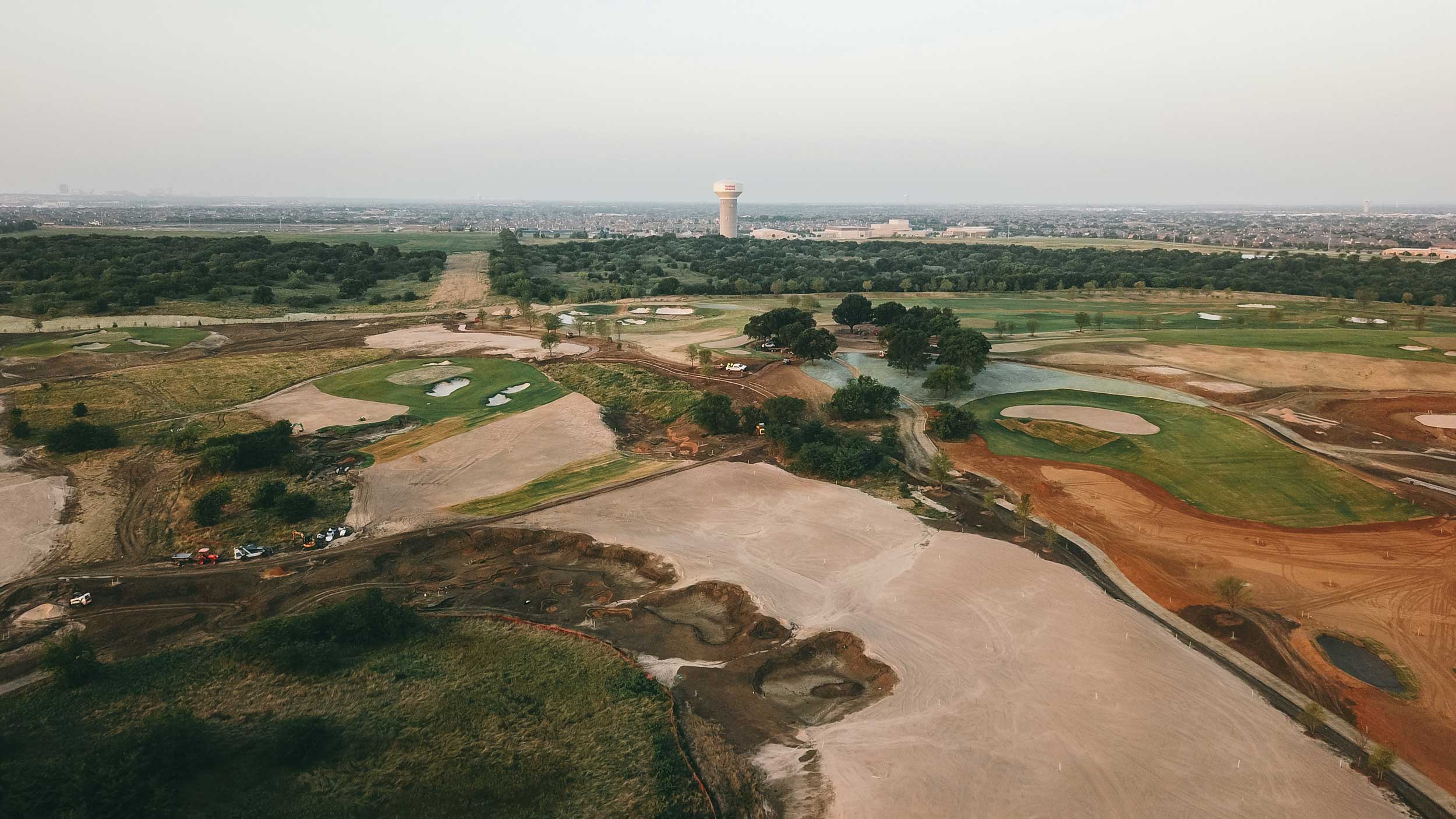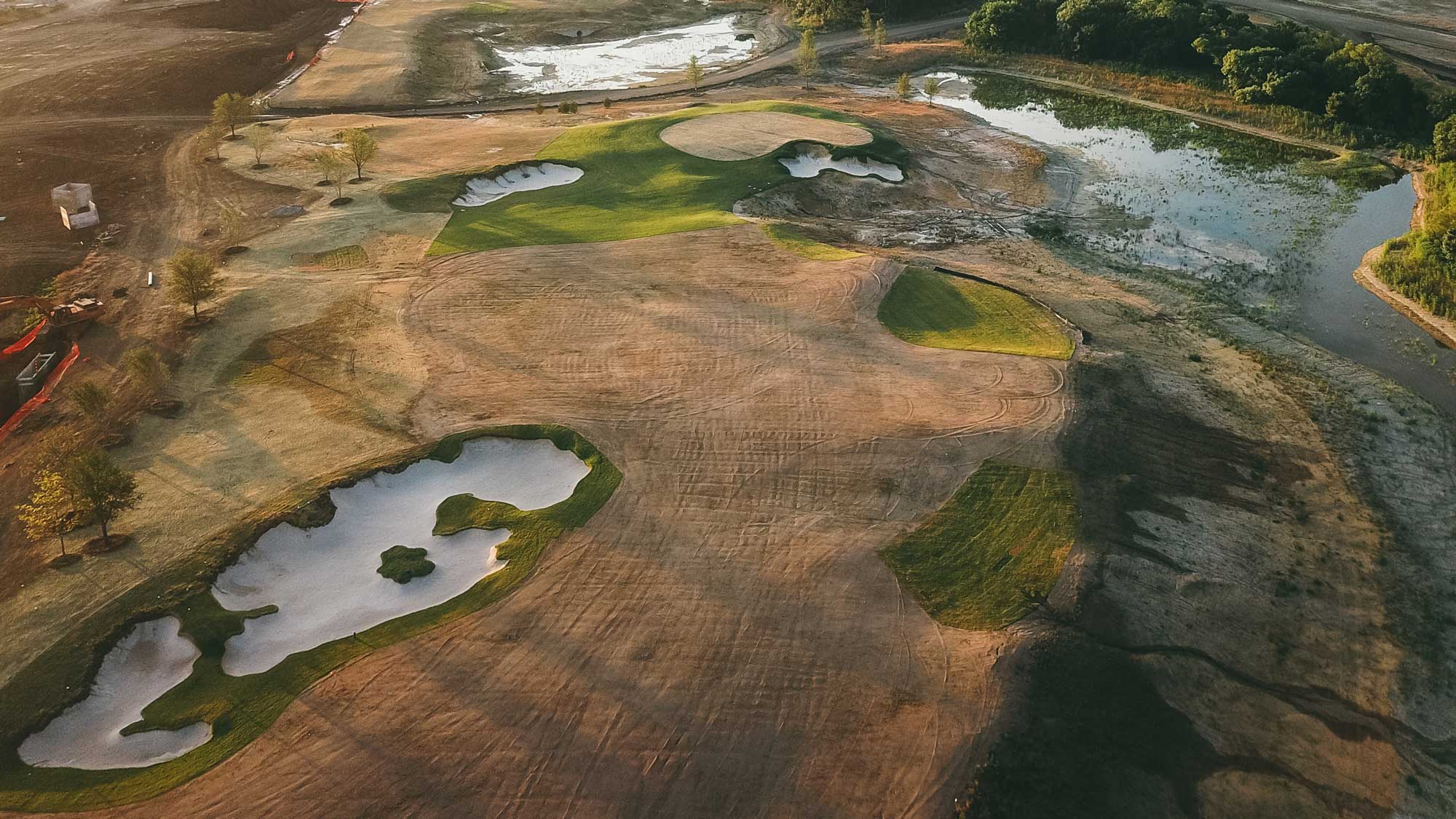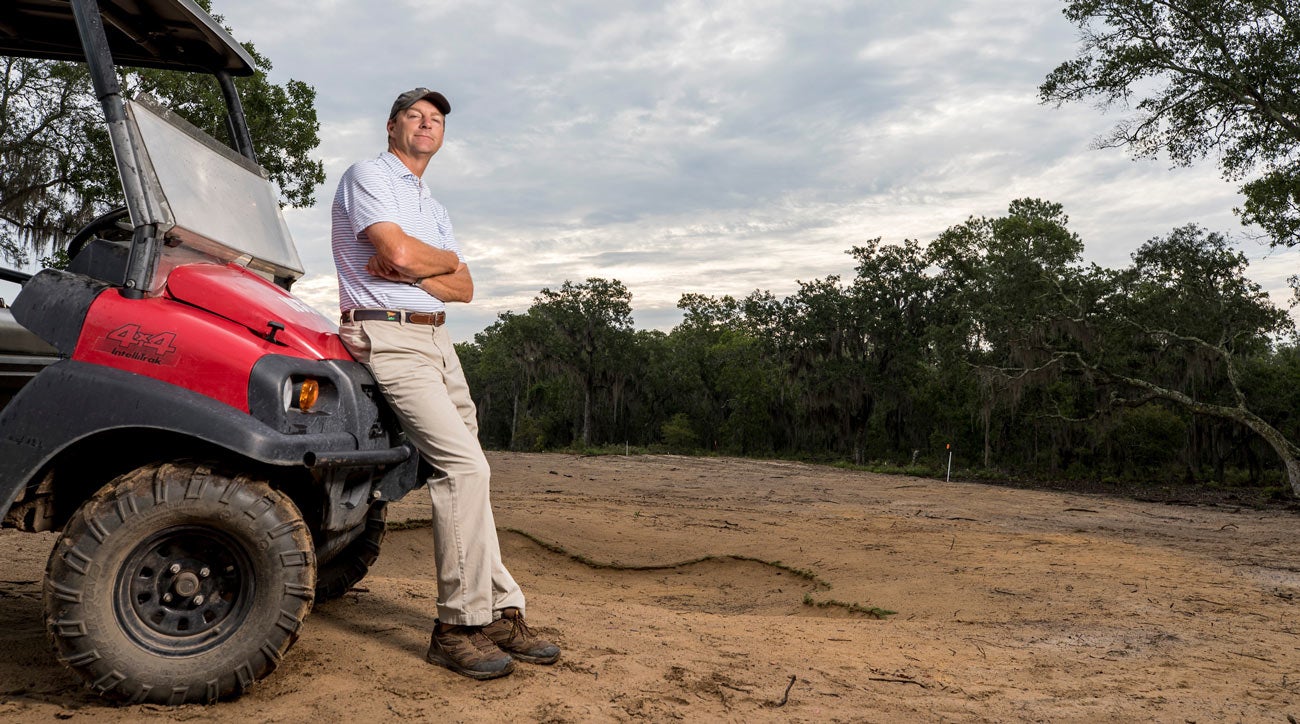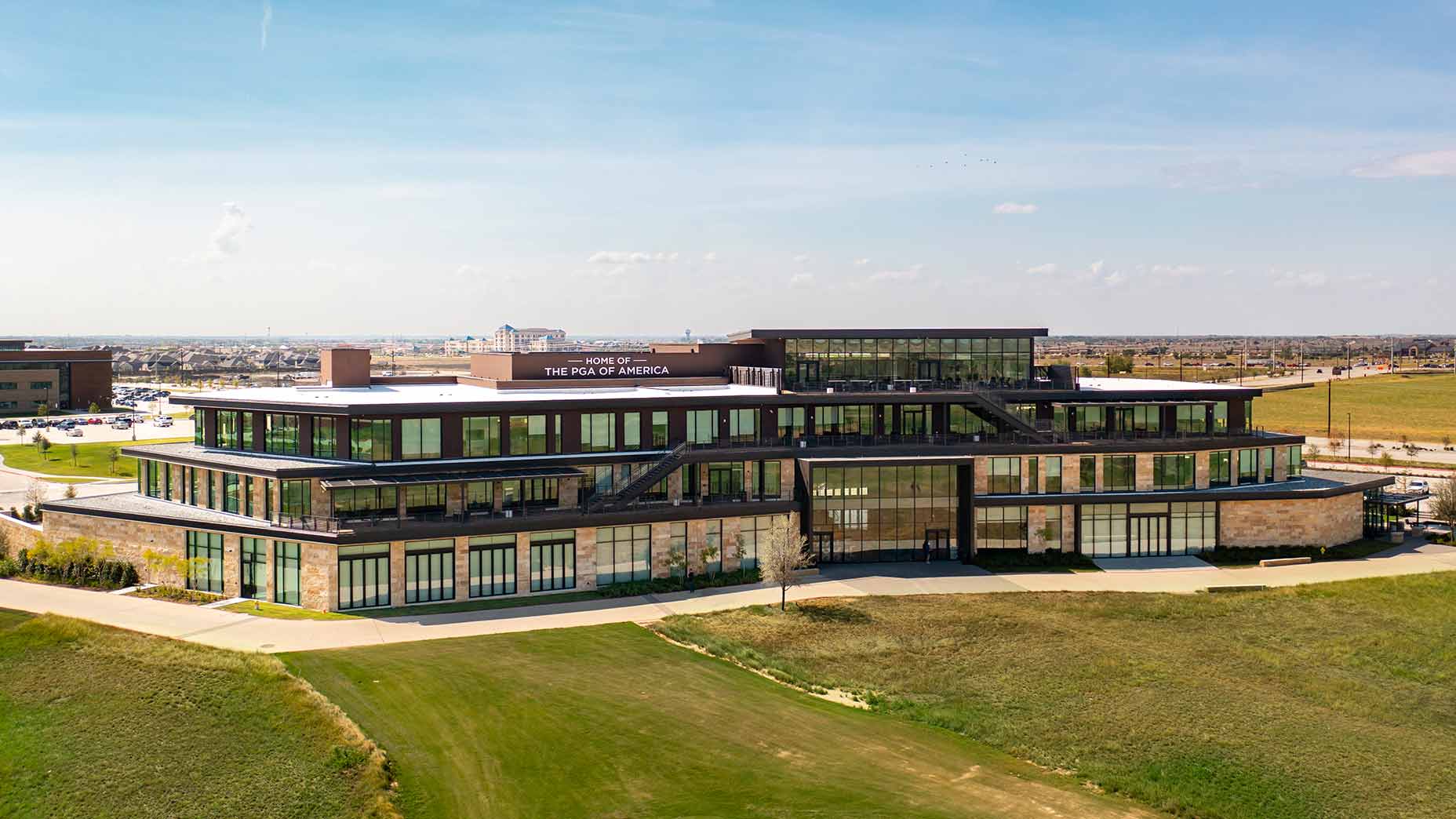FRISCO, Texas — During a recent visit to his sprawling new project at PGA Frisco, architect Gil Hanse reviewed the former North Texas farmland he is transforming into the East Course here and reflected on what it will mean both for the game and him personally when the site officially opens in 2022 as the new home of the PGA of America.
“It’s a cherished opportunity,” Hanse said. “There are not many of them out there.”
Or any — at least, not opportunities quite like this one.
Gil Hanse channeling legendary architect as he readies to build new PGA Championship site in TexasBy: Art Stricklin
Never before has a U.S. course had more than 20 professional and amateur golf events — including two PGA Championships (the first in 2027) and two Senior PGA Championships (the first in 2023) — destined for its fairways while it’s still under construction. All course work will be done later this fall, giving the site a year and a half to grow in and mature.
The property also will feature a second course, the West Course, designed by Beau Welling; a practice area and a 10-hole short course; an Omni resort; and PGA headquarters buildings.
One event presumed to be headed to PGA Frisco but which has not yet been officially announced is the most anticipated: a future Ryder Cup. It would represent the first-ever Ryder Cup in North Texas and only the second in the Lone Star State. The next available date is 2041, but that hasn’t stopped the planning or dreaming.

PGA of America COO Darrell Crall, who knows the 600-acre property about as well as anybody, said there is a path to a PGA Frisco Ryder Cup, but the PGA of America first wants to ensure the course is primed for such a big event. “We certainly feel like it will be,” he said. Crall said the association also wants to see how the local community interacts with the other tournaments planned for PGA Frisco.
Hanse says his design will be tailor-made for match play and “fireworks” down the stretch of tight contests.
“If you look at most past Ryder Cups, a lot of matches end on holes 15 or 16,” he said. “So if you have a drivable par 4 on 15 [340 yards from the back tees], a long 16th [506-yard par-4], plus a short par-3 17th [150 yards], we feel like we’re creating drama here.”
Hanse, who has walked the site dozens of times and has a full-time crew of 200 working daily on property, said one of the goals for him and his associate Jim Wagner was to create more chances for scoring and success than punishment and failure.
“We want to set up the course where players have a chance to win with positive shots, not lose with negative ones,” Hanse said.
To that end, he has a drivable par-4 on each nine — No. 7 is 330 yards from the back tees — and plenty of risks and rewards, including a creek that protects the left side of the par-3 13th and another creek that golfers must cross on the par-5 18th.
“Two of the pleasant surprises when we walked this facility was the elevation change we found here and the way Panther Creek comes into play on several of the holes,” Hanse said.
Hanse has set up the course for maximum flexibility, because while pros will compete in big-time events here, the majority of the rounds will be played by the general public.
“We designed a long ribbon of tee boxes to give the PGA flexibility on a day-to-day basis,” Hanse said. “With the NorthRidge bermuda grass we’re using on the fairways, you can cut it to make it really wide or very narrow. That’s something we learned when we designed the Rio (Olympic) course for both men and women, pros and amateur.”
Frisco, 40 minutes north of downtown Dallas, will own the two courses, while the PGA of America has a long-term contract as the operator.
“Our expectations were super-high, but Gil and his team have exceeded them,” Crall said. “They have made a legacy play.”











